7 Useful Tips For Soon-To-Be Retirees To Find The Ideal Forever Home
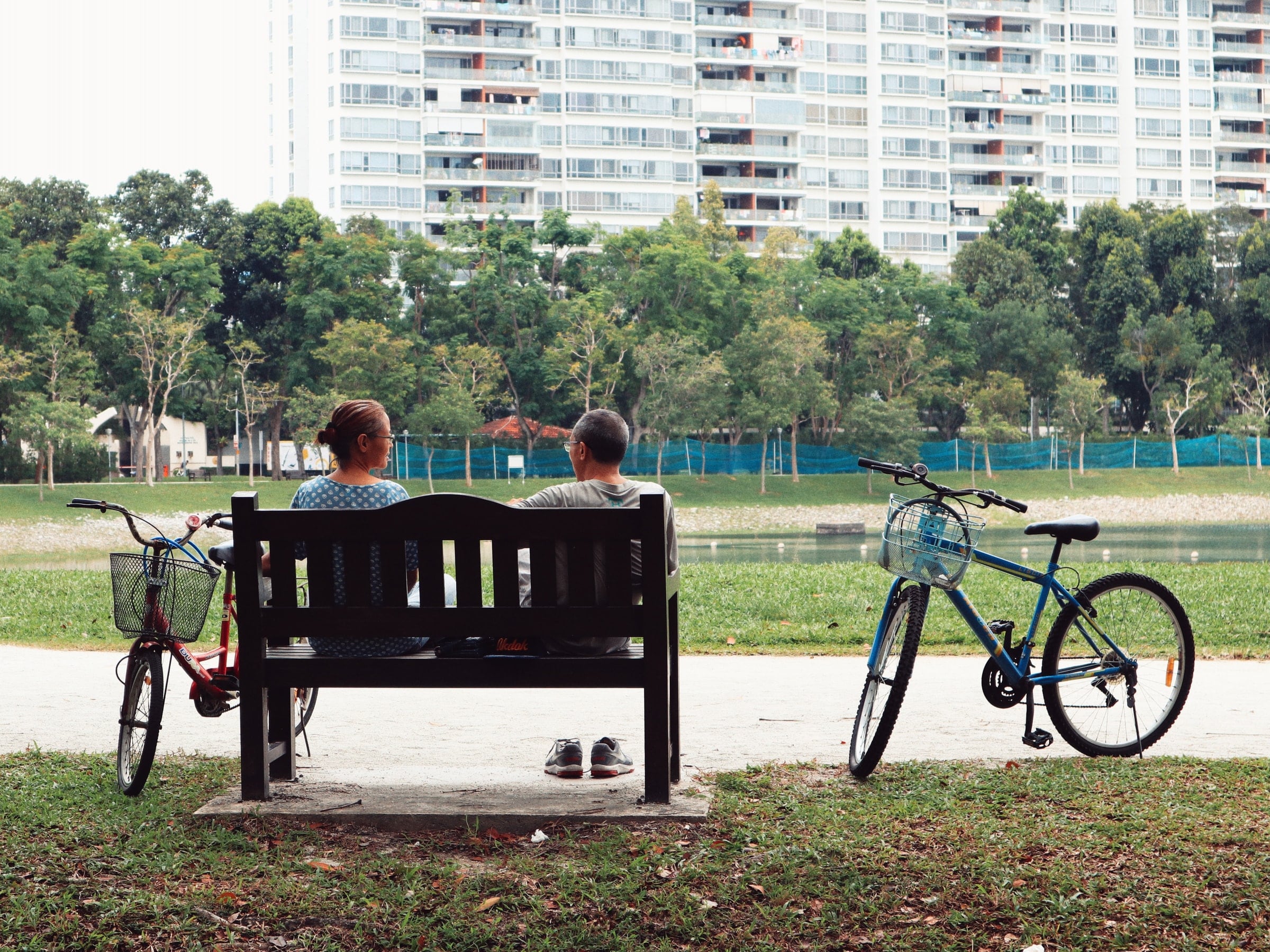
Get The Property Insights Serious Buyers Read First: Join 50,000+ readers who rely on our weekly breakdowns of Singapore’s property market.
A seasoned content strategist with over 17 years in the real estate and financial journalism sectors, Ryan has built a reputation for transforming complex industry jargon into accessible knowledge. With a track record of writing and editing for leading financial platforms and publications, Ryan's expertise has been recognised across various media outlets. His role as a former content editor for 99.co and a co-host for CNA 938's Open House programme underscores his commitment to providing valuable insights into the property market.
Finding a home for the rest of your life can be an emotional event. For many, it’s seen as being the last milestone of a life well-lived. This is the one property purchase for which we’d say go ahead and be emotional. Preference should win out over cold numbers and practicality for the final home. However, you can still shortlist properties in a rational way, that complements those emotional needs:
Table Of Contents
- 1. Look out for features that make maintenance difficult
- 2. Check for any history of en-bloc attempts
- 3. Look for homes that already have safety features installed
- 4. Amenities today can become disamenities in the future, and vice versa
- 5. Long-term accessibility over immediate proximity
- 6. It doesn’t have to be freehold
- 7. Strata-titled landed may be better as you get older
- Finally, try to ensure your forever home is yours, and not co-owned by your children
1. Look out for features that make maintenance difficult
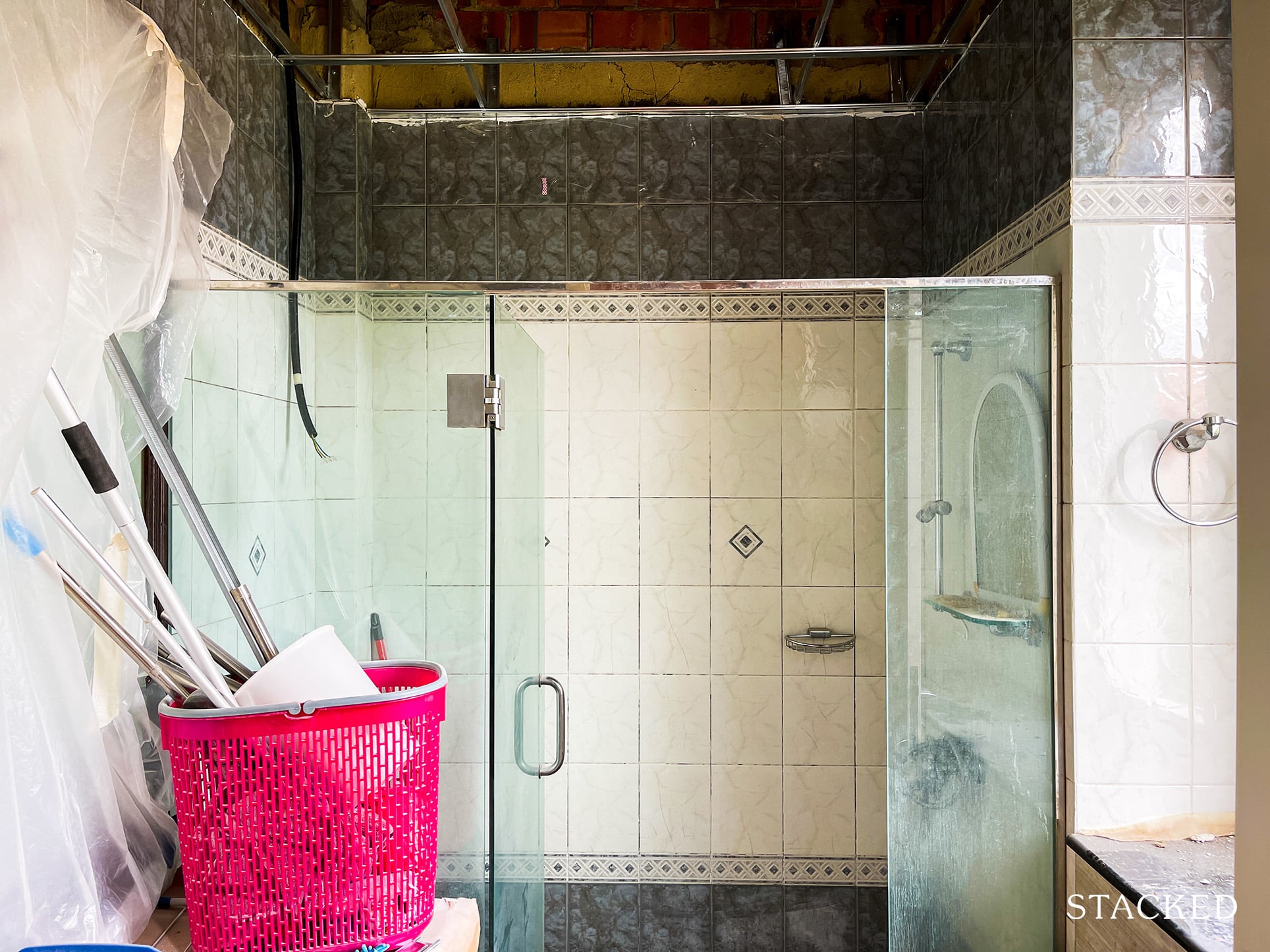
If you’re not living with a domestic helper or other family members, some property features make maintenance difficult – or even dangerous – in your old age. The most common problems are:
- Stairs, as you can’t assume you’ll be able to easily walk up and down when you get older
- High cabinets, especially those that have a gap between the top of the cabinet and the ceiling – these typically require ladders to clean properly
- Big kitchens, which mean a lot more scrubbing, getting into gaps around and behind the fridge, etc. Smaller kitchens or pantries may be more practical
- For landed properties, roof access (e.g., a flat roof for BBQs up top) may be a problem. It’s a large, exposed area that’s hard to clean, and invariably involves stairs
- Ceiling fans and elaborate light fixtures like chandeliers. Even fit young homeowners struggle to get on a ladder and clean these. Floor fans and simple ceiling lights are better for elderly folks living alone
- Floor tiles, especially small tiles. The grouting between the tiles requires you to get on your knees and scrub between them, which is tough when you get older
2. Check for any history of en-bloc attempts
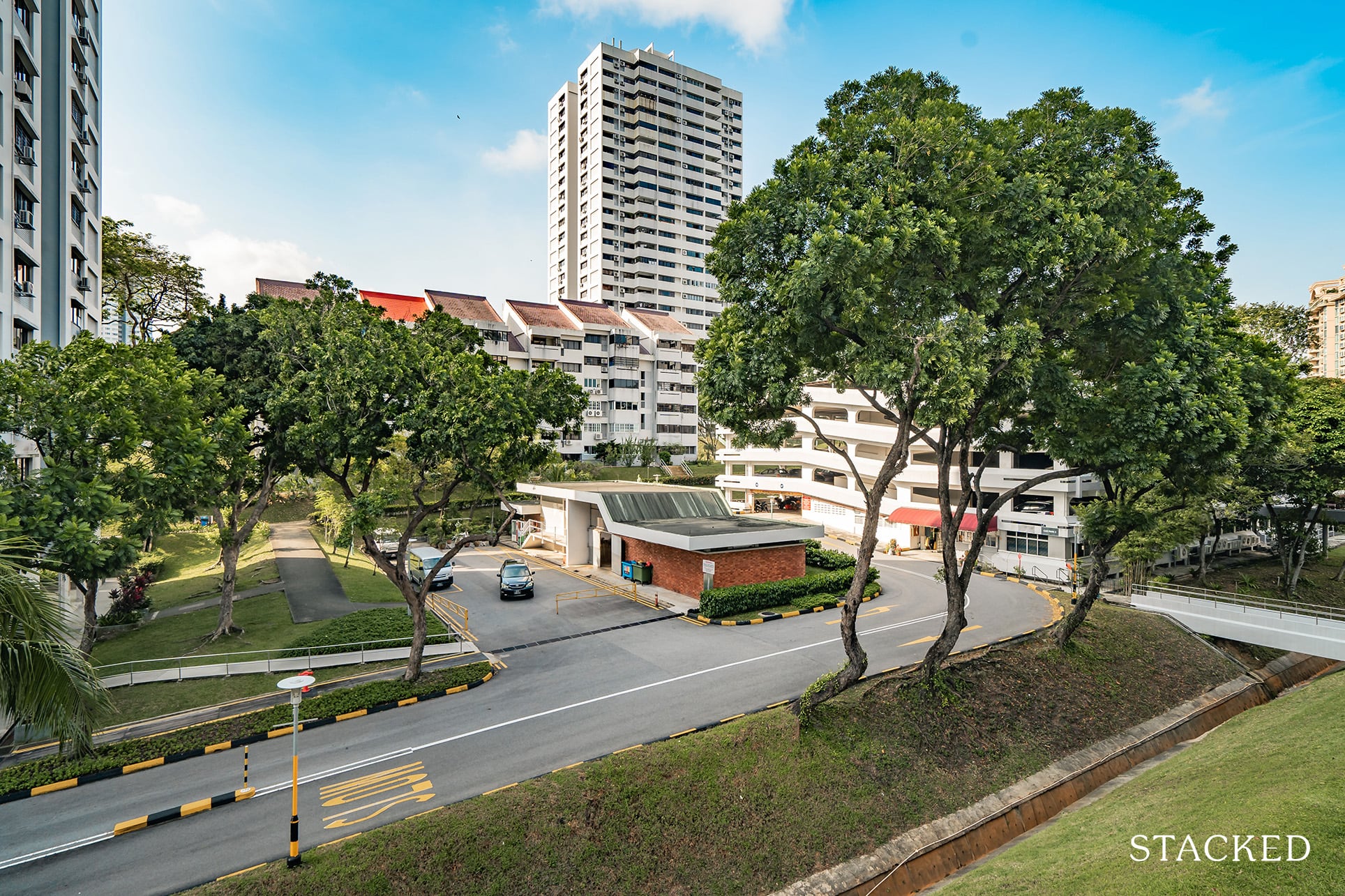
En-bloc sales may be a windfall to younger owners, but it’s a massive pain in the posterior for 70 or 80+ year old residents who have settled in. Being forced to look for a new home at that age is a rough experience, and there may be financial complications involved (e.g., if you’re past 65 you may be unable to get a loan; and you need to wait for some time for the sale proceeds to arrive).
There’s also the stress of moving, and you typically won’t be able to achieve the same lifestyle as you had before. Depending on how positive the financial outcome of the en-bloc sale is, you may also not be able to find a similar-sized unit in the same location that you are used to. One of the notable examples would be the Gillman Heights en-bloc, where many of the retirees ended up on the wrong end of the deal.
For this reason, we caution older buyers against properties where multiple or recent en-bloc sales have been attempted.
While this is a non-issue for most HDB flats or freehold landed homes, you need to be wary of it for older condos, apartments, and cluster housing. You can ask the seller or your property agent to dig up information on past en-bloc attempts, and how close they’ve come.
3. Look for homes that already have safety features installed
Certain renovations will be needed for your safety as you get older. These include grab bars and non-slip floors, as well as repositioning light switches (as you get older, you’ll appreciate having these at a more comfortable height).
HDB has an Enhancement for Active Seniors (EASE) program, to install these changes in flats at a subsidised cost (this is under the Home Improvement Scheme). If you look for a flat that has already got these improvements, it could save you money in the long run.
For private properties, you may want to look for those that already have these implements; or those where previous residents have already installed features like chair-lifts. Otherwise, you need to check with the contractor to see what can or can’t be installed (e.g., not every landed property can accommodate a lift for older residents, even if you’re willing to pay the costs).
This can also be in and around the estate as well. For example, having a swimming pool that has beach-like access for easier accessibility, or fewer steps to traverse to get around the estate. Do consider accessibility outside the estate as well, as sometimes too many busy roads to cross to get to amenities may also be a cause for concern.
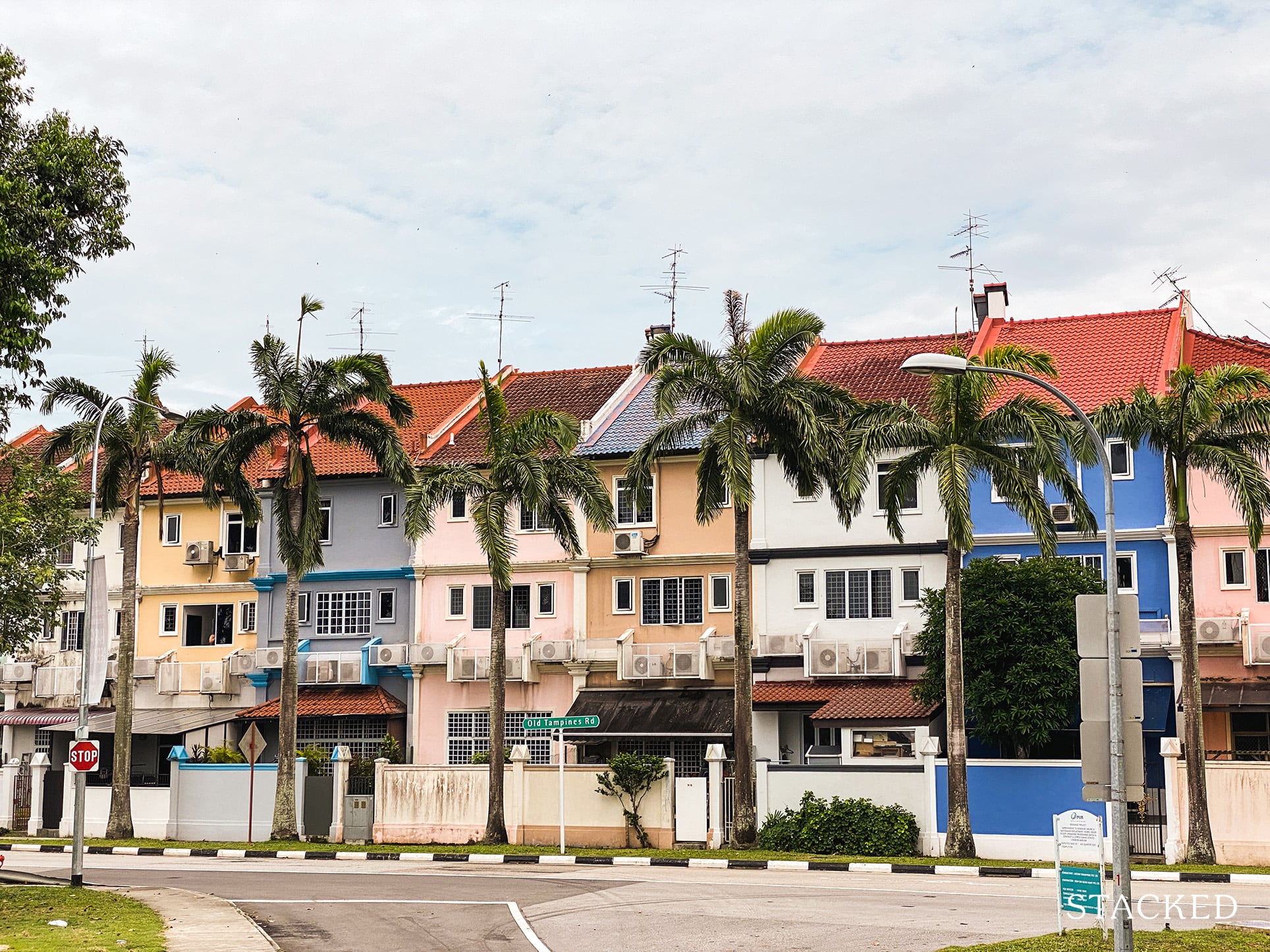
$330,000 For A Leasehold Landed Property? Here’s Where To Find The Cheapest Landed Homes In Singapore
by Ryan J. Ong4. Amenities today can become disamenities in the future, and vice versa
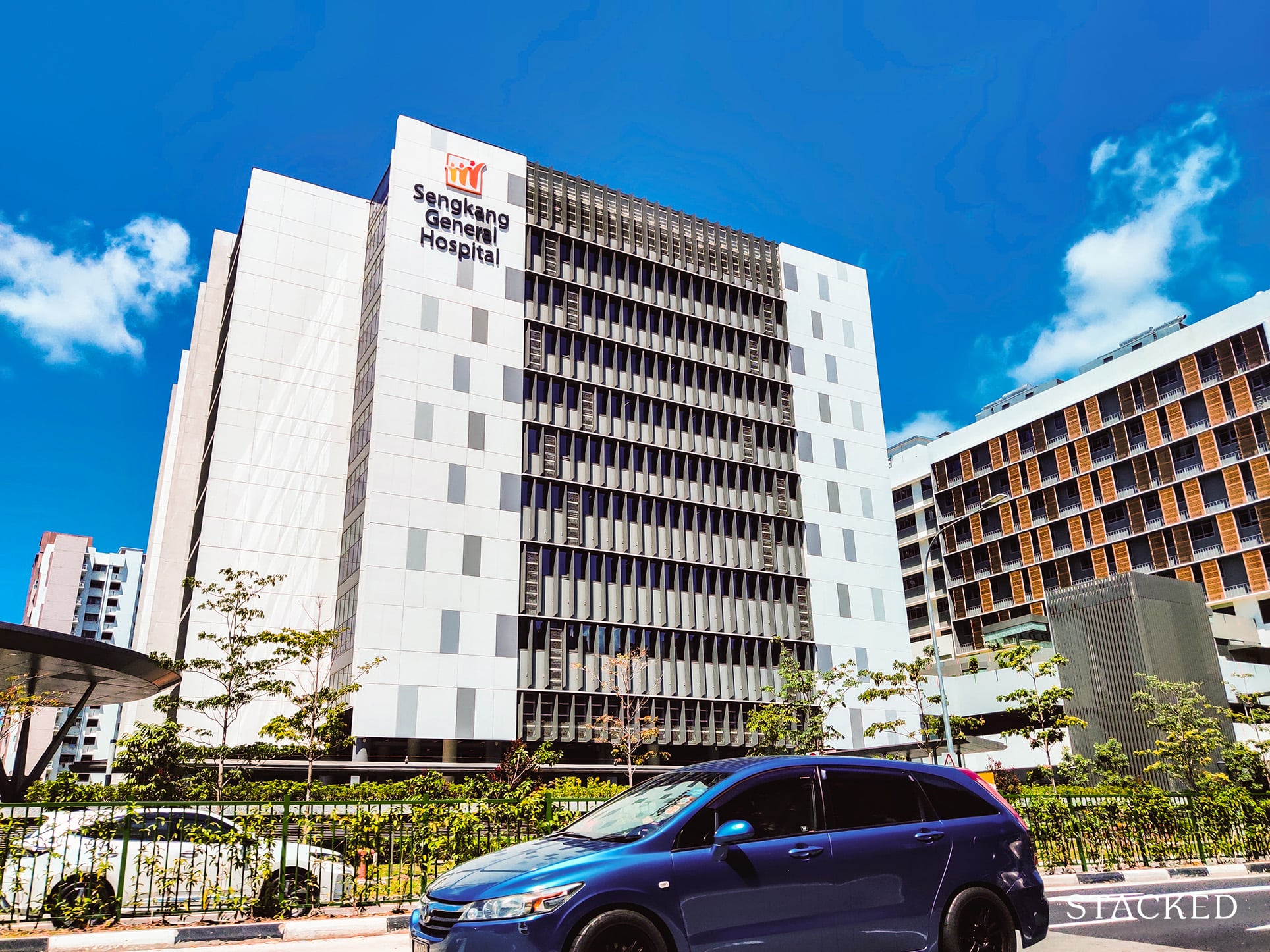
A common feature to look for, when buying properties, is the proximity of good schools. This is true for younger homeowners, but less so for older ones.
Barring grandchildren attending the same school, it’s of relatively little benefit for an older homeowner to live near Raffles Institution, Nanyang Girls, or other prestigious schools; it often just means paying more. Likewise, living too close to a school can end up being a pure disamenity: schools can bring traffic jams at certain hours, or be a source of noise pollution if the property is too close.
Hospitals are another example of how things may change – younger owners tend to dislike having these nearby, due to the risk of ambulance sirens at night. However, older folk may need more frequent access to healthcare; and in our experience, some have even begun to view the food courts and convenience stores in nearby hospitals as a convenience.
Try to envision whether surrounding amenities will remain that way, many years down the road (assuming they’re still there). Being near your country club right now may seem important, but it may not be the case in your twilight years when your swimming/bowling/golfing days are behind you.
5. Long-term accessibility over immediate proximity
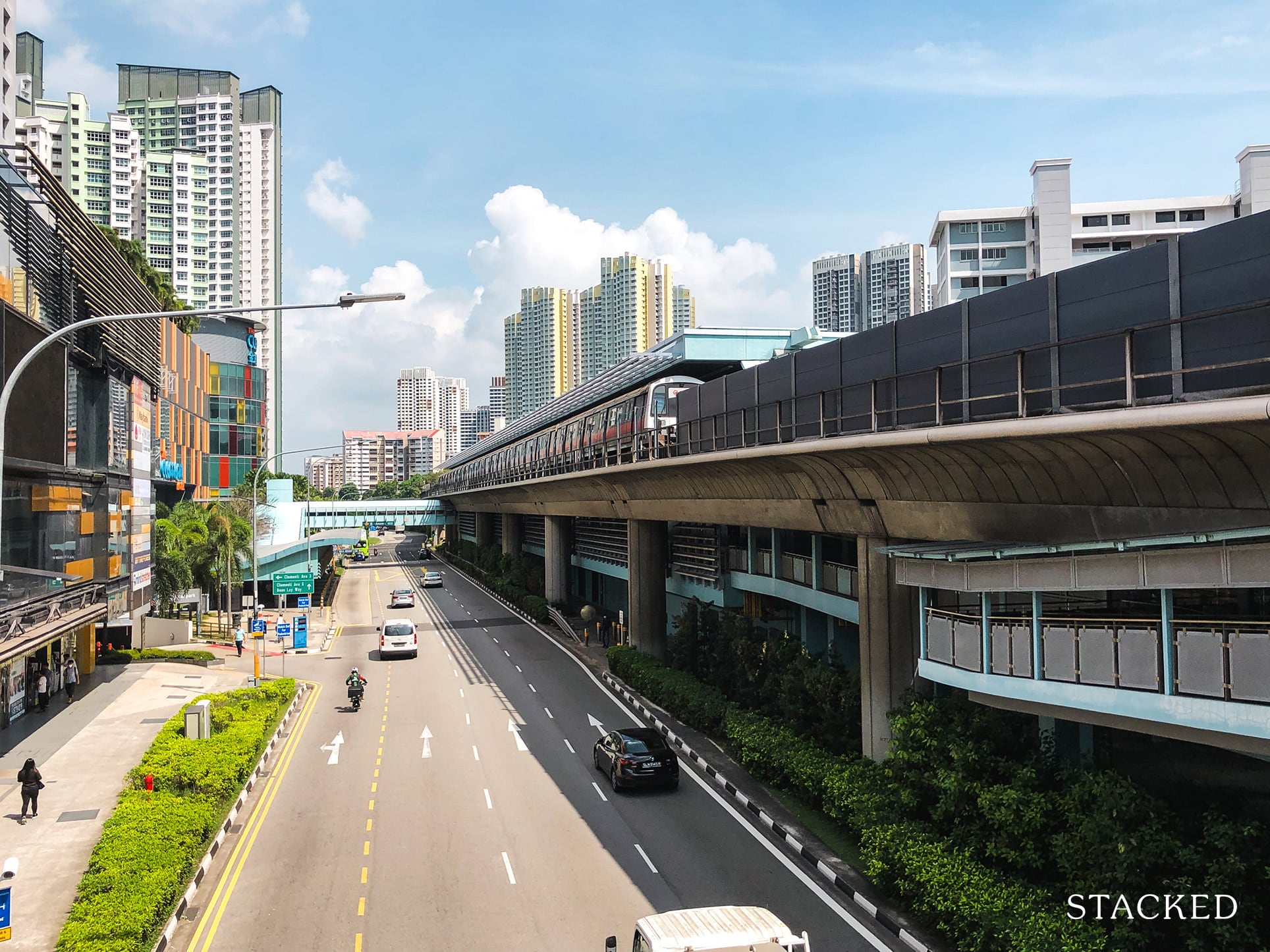
A common mistake when buying a forever home is to focus on who currently lives nearby. E.g., the children or grandchildren are only two bus stops away, or your closest friends all live within the area.
Granted, this is an immediate benefit; but it doesn’t address the possibility that those people may move in later years. This is where you also find the common fear that, once the children move away, all their future visits will stop due to lack of convenience.
The simple way around this is to focus on long-term accessibility: buy a property that is easy to get to, even if it means being a little bit further from the homes of family and friends. It’s better than being in, say, the heart of a landed enclave, where if your children ever move it will take them a 30-minute bus ride and a 1.5-kilometre walk to get to your place.
If your home is near a bus or MRT station, most people won’t find it inconvenient to visit; even if you’re a little bit further away.
6. It doesn’t have to be freehold
Singaporeans are obsessed with buying a freehold property, especially if it’s their forever home. But practically speaking, so long as the lease will last till the end of your life, the only reason to buy a freehold property is legacy value.
Before deciding on that, consider if your children really need to inherit a property: chances are, by the time you’re 60 years or older, your children will have homes of their own (we have a nearly 90 per cent home ownership rate in Singapore).
You may be better off simply leaving behind other assets – like simple cash holdings – rather than the actual house; and said cash amount may be a lot larger if you don’t pay a 15 to 20 per cent premium for freehold status.
This is ultimately a conversation to have with your financial planner or family, but do have it before you decide it’s necessary to splurge on freehold status.
7. Strata-titled landed may be better as you get older
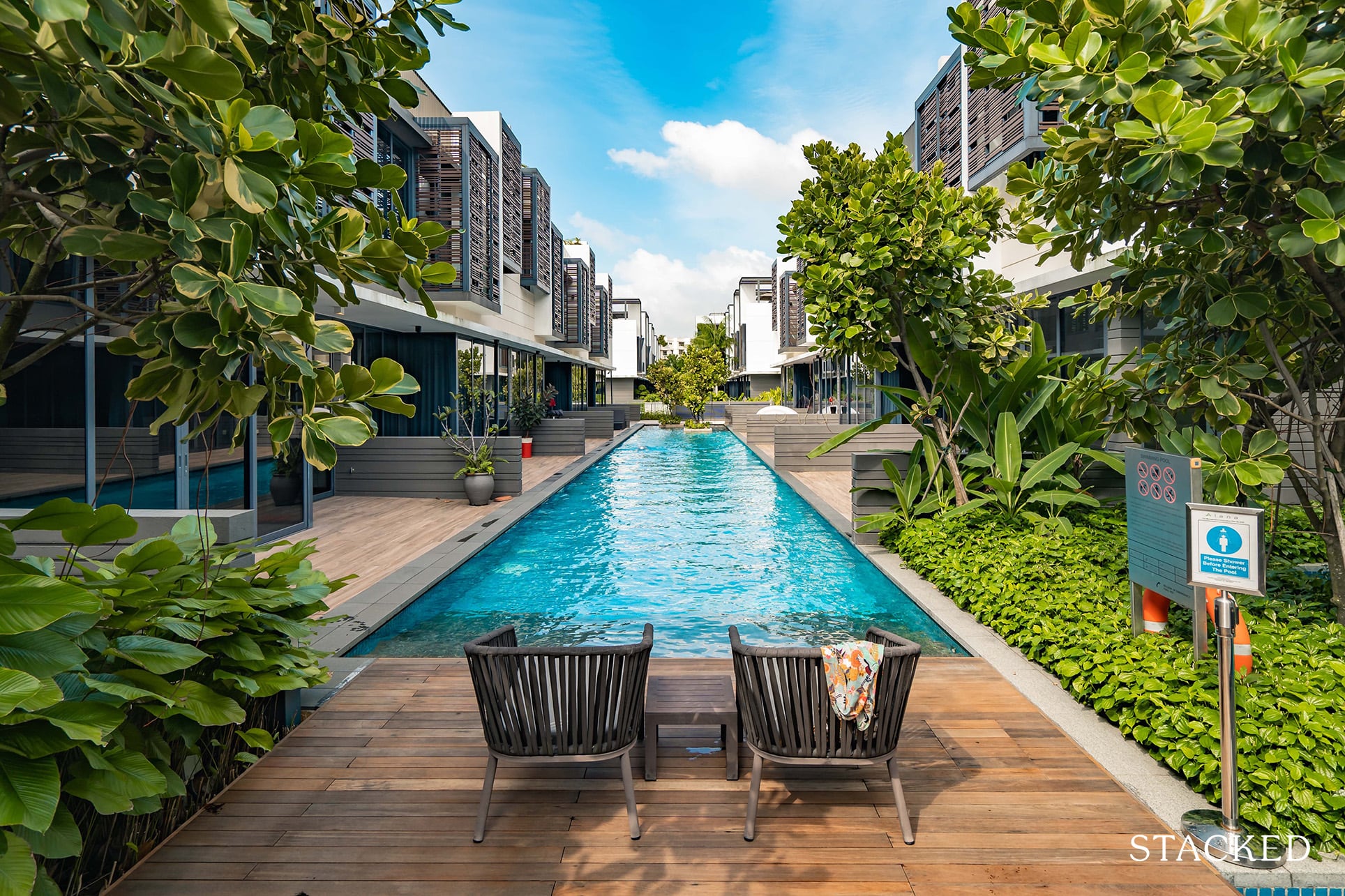
For those who want to buy landed homes, there’s a strong bias toward freehold landed property which you “truly own”, and can build in your own way. While we understand the appeal, consider that strata-titled landed housing, such as cluster housing, may be better as you get older.
For starters, there’s no need to maintain the façade of the properties. This is quite expensive to do on your own, and self-labour (e.g., cleaning out external drains and windows, repainting) is less viable as you grow older.
Second, the common facilities may be helpful for family reunions, which may become more important to you in your old age. From word on the ground, we know many older Singaporeans appreciate the fact that common facilities tend to bring visitors in the forms of relatives, grandchildren, etc. who want to use the pool, gym, and other conveniences.
Third, strata-titled residences tend to include 24/7 security. This can be a vital source of help when you’re older. We’ve heard of more than one case where a security guard stops a dementia patient from wandering out alone.
Finally, try to ensure your forever home is yours, and not co-owned by your children
We’ve repeated this in many previous articles, but it’s so important and so prevalent we’ll repeat it again: Avoid selling your property and giving the money to your children, to collectively move into a single-family home.
It can be dangerous, if not managed correctly. If things go wrong and you can’t get along, there’s no easy “undo” button to this arrangement. If the home is in your children’s name, for instance, then your forever home doesn’t even belong to you, and you can be kicked out.
If you insist on moving in with your children, do so on your own terms. Ensure you have the means to buy your own property and move out again, if it ever becomes necessary.
For more help finding the right property, reach out to us on Stacked. You can also check out our in-depth reviews of new and resale properties alike, to make a better-informed decision.
At Stacked, we like to look beyond the headlines and surface-level numbers, and focus on how things play out in the real world.
If you’d like to discuss how this applies to your own circumstances, you can reach out for a one-to-one consultation here.
And if you simply have a question or want to share a thought, feel free to write to us at stories@stackedhomes.com — we read every message.
Ryan J. Ong
A seasoned content strategist with over 17 years in the real estate and financial journalism sectors, Ryan has built a reputation for transforming complex industry jargon into accessible knowledge. With a track record of writing and editing for leading financial platforms and publications, Ryan's expertise has been recognised across various media outlets. His role as a former content editor for 99.co and a co-host for CNA 938's Open House programme underscores his commitment to providing valuable insights into the property market.Read next from Property Advice

Property Advice We’re In Our 50s And Own An Ageing Leasehold Condo And HDB Flat: Is Keeping Both A Mistake?

Property Advice Should We Buy An Old 99-Year Leasehold Condo To Live In: Will It’s Value Fall When The Lease Runs Out?

Property Advice We Own A $800K 1-Bedder And A $1.1M 3-Bedder: Is It Possible To Upgrade To A 4-Bedder Condo?

Property Advice I Own A 55-Year-Old HDB Flat, But May Have To Sell — Can I Realistically Buy A Freehold Condo With $700K?
Latest Posts

Pro How A 625-Unit Heartland Condo Launched In 2006 Became One Of 2025’s Top Performers

Property Investment Insights Does Buying A One-Bedroom Condo Still Make Sense As An Investment In 2026

Property Market Commentary Why This Once-Ulu Town In Singapore Is Going To Change (In A Big Way)

Editor's Pick This HDB Just Crossed $1.3M For The First Time — In An Unexpected Area

Singapore Property News “I Never Thought I’d Be Sued by a Tenant.” What Long-Time Landlords in Singapore Miss

Editor's Pick I Lived In Bayshore When It Was ‘Ulu’. Here’s How Much It Has Changed

Editor's Pick HDB Resale Prices Finally Slowed in 2025 — Will It Continue in 2026?

Singapore Property News Breaking News: District 23 Condo Sells Out In Under Two Years At $2,120 Psf Average

On The Market Here Are The Cheapest 3-Bedroom Condos in Central Singapore You Can Still Buy From $1.15M

Property Market Commentary Why The Singapore Property Market Will Be Different In 2026 — And It’s Not Just About Prices

Editor's Pick 2025 Year-End Review Of The Singapore Property Market: What The Numbers Reveal

Pro This 21-Year-Old Condo Didn’t Sell Out Initially, Yet Became A Top Performer

Editor's Pick How The HDB Resale Market Performed In 2025, And What It Means For 2026 Prices

Editor's Pick 4 Key Trends Reshaping Singapore’s New Launch Condo Market In 2026

Editor's Pick What I Only Learned After My First Year Of Homeownership In Singapore


